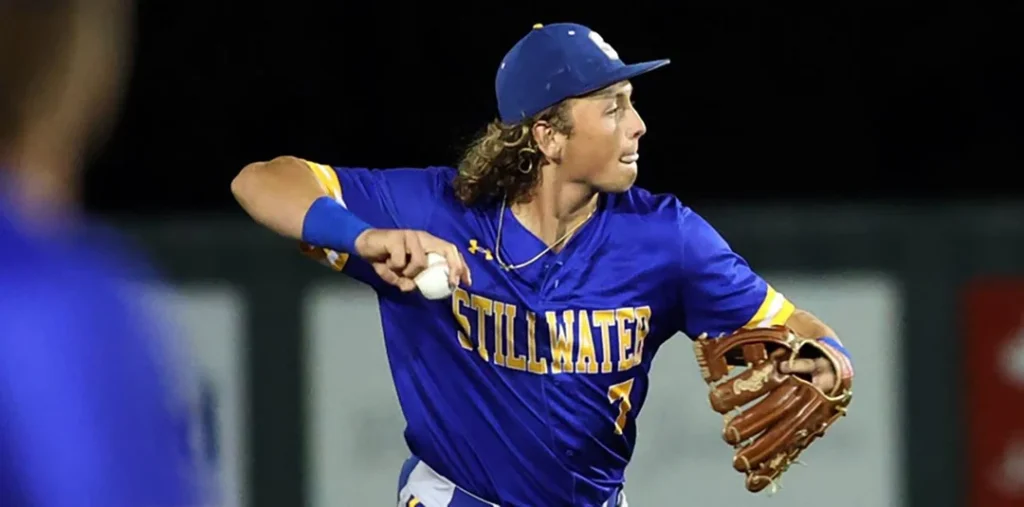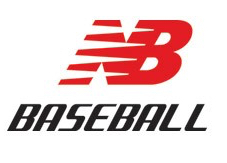EDITOR'S NOTE: The following rankings and evaluations by FSS PLUS are based on subjective analysis and industry sources, and do not influence, are not influenced by or are affiliated with the opinions and reports of Future Stars Series scouting and development staff.
Welcome to the Top 400 Prospects for the 2025 MLB Draft cycle.
The 2025 Draft is a couple months away so it's time for the Future Stars Series PLUS Top 400 prospect board update. This board is built on three pillars. Live looks, data evaluation, and intel/conversations provided from within the industry. These players have a ton of time, big matchups and playoffs ahead of them, so expect this list to change considerably as we approach the 2025 Draft.
As of April 17, this class is muddy. Really muddy. Depending on the metric you value or the scout you speak to there are no less than 20 different players with an argument to be featured in the top 10. Thankfully, it does feel as though the top of this class is beginning to cement itself thanks to big performances all spring and standout performances on big stages.

While Jackson Holliday was the prize in the 2022 MLB Draft, scouts got a first-hand look at his brother in their trips to Stillwater. The second-born of Matt Holliday's children, Ethan is far more physical than his older brother with huge raw power and a similarly beautiful left-handed stroke. Still extremely young, Holliday already tops the scales at 6-foot-4, 210 pounds with broad shoulders and plenty of projection to go. There's no question the raw power carries heavy value here and he should generate even more raw power as his frame matures.
Holliday is one of the top high school bats at this stage despite a streaky summer where he struggled to show his impact in games. There was more swing and miss than scouts were accustomed to seeing, especially when exposed to velocity. Holliday has a steeper move into the hitting zone and works underneath the baseball and works hard to catch it out in front. The result last summer was whiffs on elevated velocity and mis-hits if he's late. He'll need some swing adjustments at the next level if he's to reach his ceiling of what some believe is a high-average, slugging middle-of-the-order bat.
It's been a much more fruitful spring for Holliday as he's shown some adjustments with the swing. His load is a bit quieter and while his timing at the plate has been streaky, he's shown more of an ability to adjust in-game. He's hit north of .600 this season with enormous power output. Holliday needed to show without a shadow of a doubt that he's an improved hitter this spring to dispel the concerns from last summer and many believe he's done just that.
It's a swing not too dissimilar from Bryce Rainer a year ago. You'd be hard-pressed to find many scouts who aren't bullish on Holliday developing into significant impact at the next level even if it's a 40-grade hit tool. Holliday still posts minuscule chase rates and hit the ball in the air nearly 60 percent of the time across a big summer sample. He can get the ball in the air, but catching the fat part of the bat has been a struggle against better arms. You buy the tools here and trust in the development. Remember, his brother Jackson had a sluggish summer in 2021 too before blossoming into the top prospect in the sport.
Holliday is the starting shortstop at Stillwater High School, however he's played mostly third base on the tournament circuit. Because of his size and physical projection most scouts believe he'll end up at the hot corner long term. He's a fringe-average runner and doesn't project to grow into much more speed as a pro. It's special arm talent with some slapping 70-grade arm strength grades on the player. The hands are solid, if not above average. He should develop into at least an above-average defender at third base.
He's got some work to do in the spring to keep the lofty top-5 pick expectations. There are a number of outcomes for a player like Holliday when all is said and done. If the tools and talent come together he could end up as productive as a player like Matt Carpenter or Eric Chavez. If the swing-and-miss persists, a Ryan McMahon trajectory may be more fitting.











